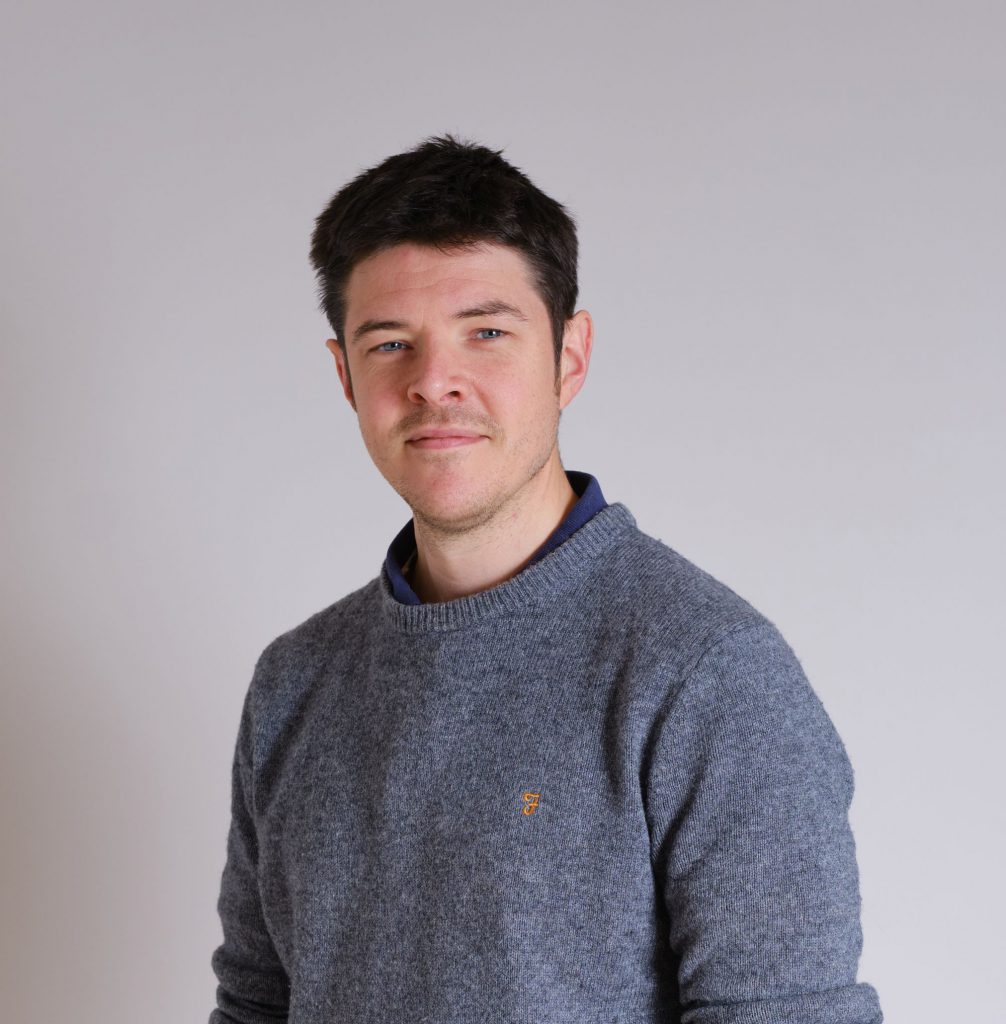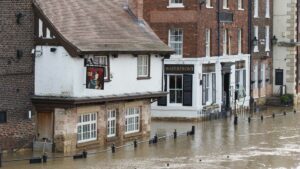I’m very excited to announce that I am stepping back from most of my responsibilities within Greengauge to undertake a doctorate.
I will be based at UCL as part of the Energy Resilience in the Built Environment (ERBE) Centre, studying hydrophobic treatments on solid walls. The PhD is fully funded for four years by the EPSRC, SPAB and Safeguard.
My research is a full-time commitment, but I will continue to provide a small amount of technical input on my key specialisms of moisture risk analysis and simulation, and Passivhaus and retrofit consultancy. Hannah will continue to lead the business, with support from Adam, Emma and Oscar. We are also looking forward to welcoming a new member into the team with significant experience in Passivhaus consultancy to ensure we can continue to deliver work at the same rate and to the same high standards.
The PhD will give me the opportunity to delve even more deeply into the science of moisture in buildings. Although the topic is very specific, it encompasses a wide variety of areas. For example, for some time I have been interested in surface effects of water transport in masonry, i.e. the way that surface changes such as algae and lichen growth, pointing of mortar, firing effects on bricks and so on influence moisture risks. In order to understand the role of hydrophobic treatments it seems essential to first understand these ‘naturally’ occurring influences. Salts are also likely to play an important role; although there is some understanding amongst specialist surveyors, this is an area where the ‘hard science’ is still developing so there are exciting challenges to address here too.
The subject of hydrophobic treatments is somewhat controversial. They are increasingly specified in conjunction with internal wall insulation to reduce rain ingress; theory, simulation and a number of case studies show that this can reduce moisture risk. This means they may have a role to play in the moisture-safe retrofit of our building stock. On the other hand, some heritage experts raise valid concerns that must be carefully assessed.
I’m keen to use this opportunity to bridge academia and practise during my research and afterwards. There is a grain of truth in the caricature that practitioners use the word ‘academic’ derisively, and academics use the word ‘practitioner’ derisively. While there is by no means a Chinese Wall between the practice and academia, I believe it would be to the benefit of both fields to improve the cross-pollination of ideas, knowledge and skills between them.
This is a significant change for Greengauge, and such inflection points are an opportunity to reflect. In the next few months, Greengauge is ten years old. We’ve come a very long way from our cramped desk on a canal boat, building a brilliant team and having the privilege of working on some fantastic projects. I’m immensely proud of our team and the work we have delivered over that time. One of the pleasures of working in this area is the wonderful community of professionals, all of whom are so generous with their knowledge and experience. A wide variety of people have influenced me personally, my colleagues and our business. I hope to continue to learn from and contribute to this community (as do the rest of the team at Greengauge).
One of the less tragic victims of covid-19 has been our 10th Birthday party. We were all looking forward to inviting clients, colleagues and collaborators past, present and future to join us to mark the occasion, but we have of course had to put our plans on hold. Instead, or rather, for the time being, I proffer a virtual ‘cheers’ to you all: here’s to ten years of designing, learning, creating, struggling and succeeding; to new opportunities and adventures and to a more sustainable future.






